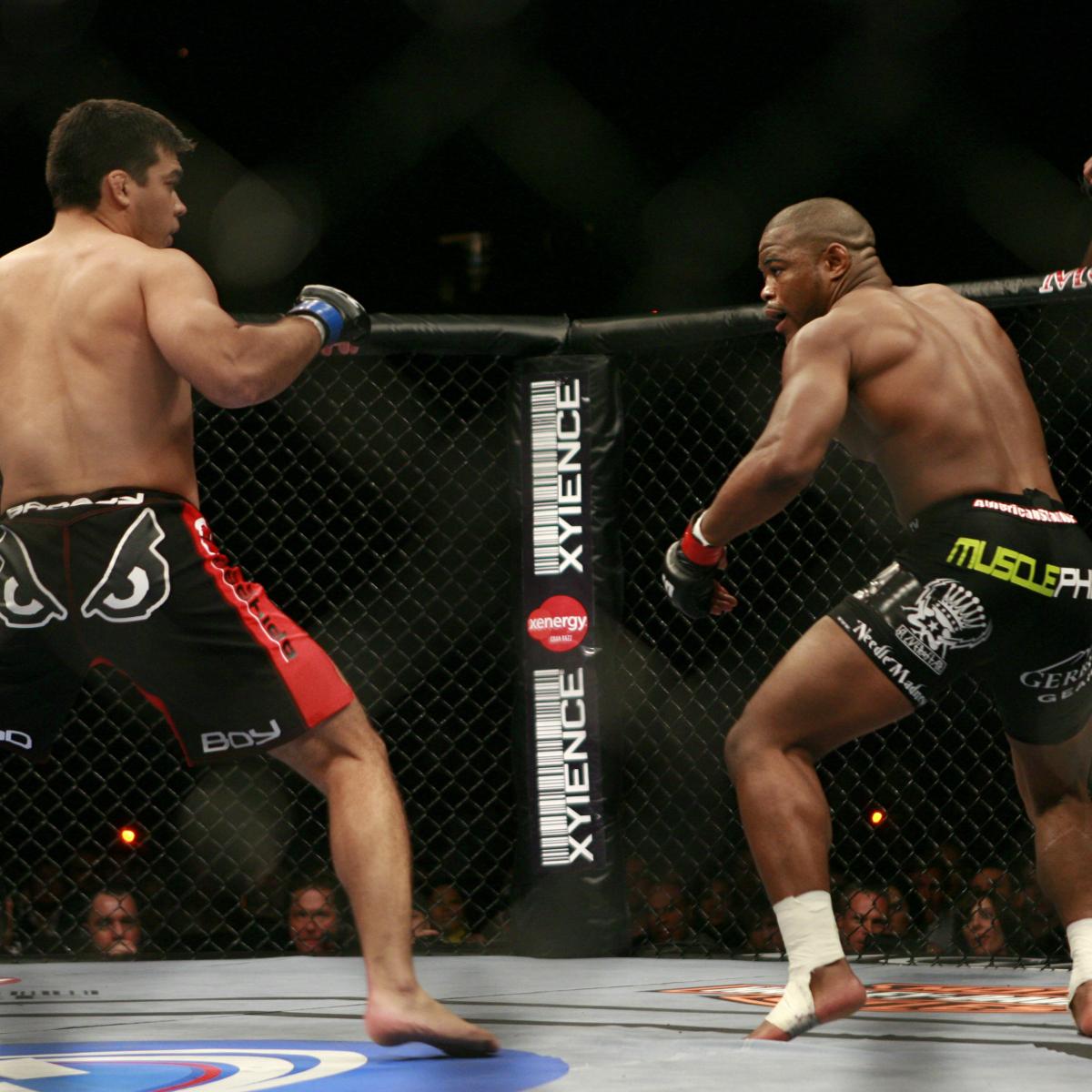- Joined
- May 17, 2011
- Messages
- 2,419
- Reaction score
- 329
For the sake of simplicity, I break kata application into two different schools of thought: The first school of thought could be termed a literal application interpretation or block/punch/kick applications. In otherwords, a high block is a high block, a punch is a punch and so forth. The second can have different labels such as reversed engineered applications or hidden application or deeper meaning applications and so forth. In otherwords, you look at a high block and see a forearm strike or a shoulder lock. You look at a down block and see a hammer fist to the groin etc.
Now, I'd like to state that there is nothing wrong with either view and the purpose of the thread is not to stir the pot of controversy. I'd like to see who trains in what manner, and why. No wrong answers. Just want to see how different folks, perhaps in different arts were taught and perhaps during different eras.
Thank you in advance.
Now, I'd like to state that there is nothing wrong with either view and the purpose of the thread is not to stir the pot of controversy. I'd like to see who trains in what manner, and why. No wrong answers. Just want to see how different folks, perhaps in different arts were taught and perhaps during different eras.
Thank you in advance.

